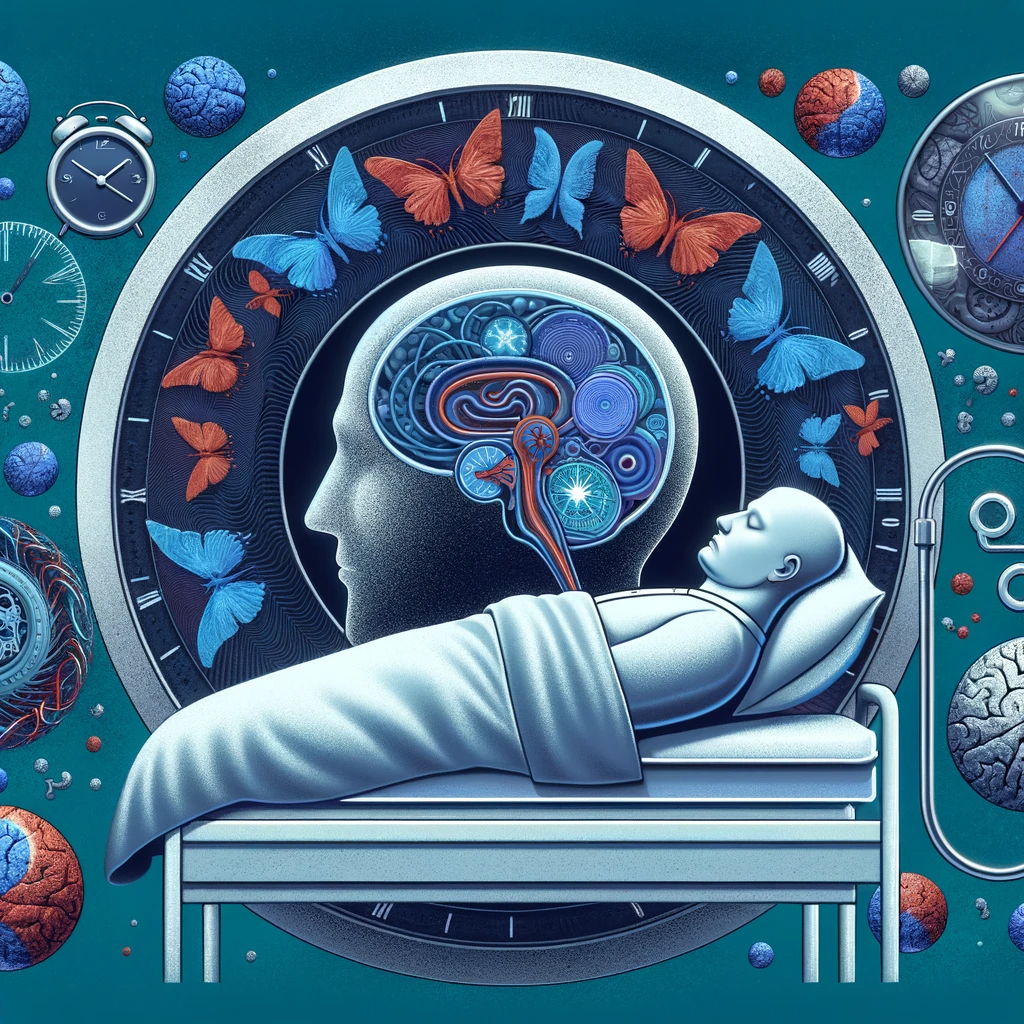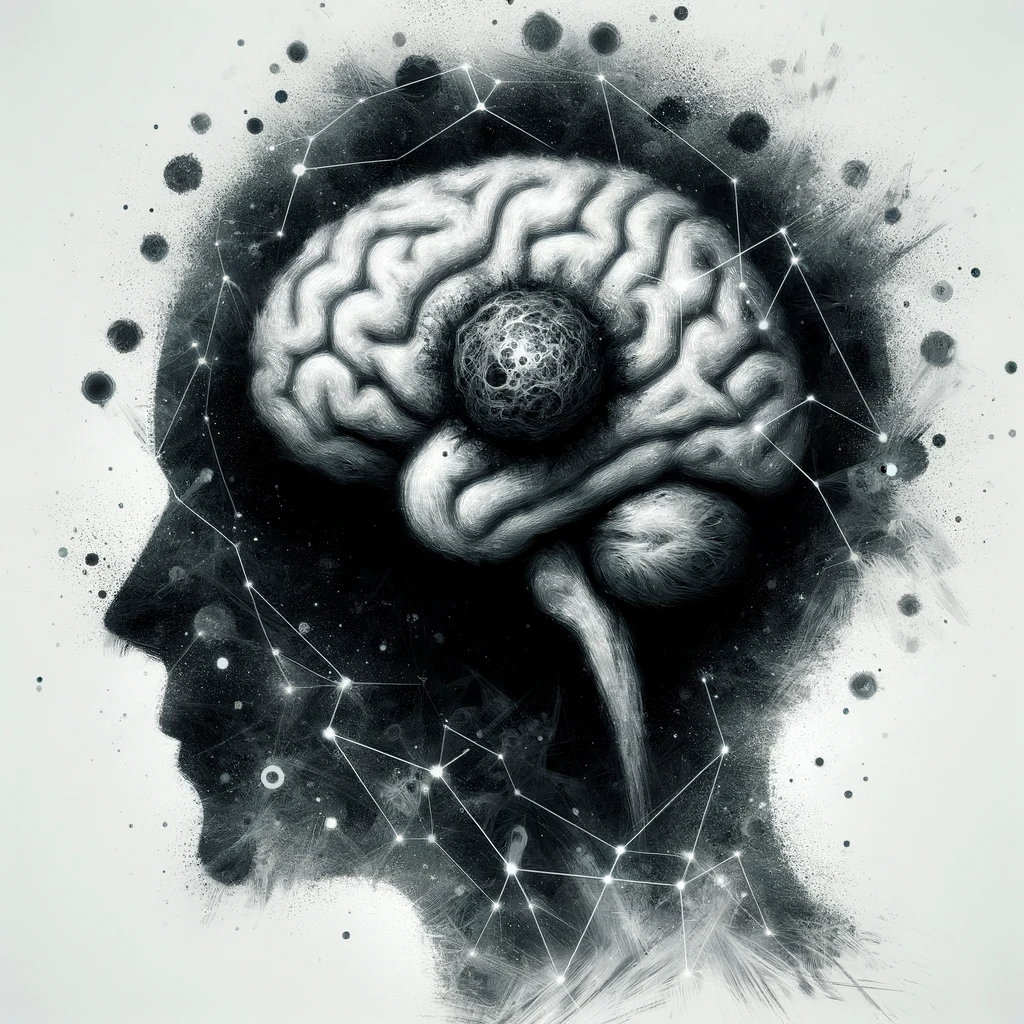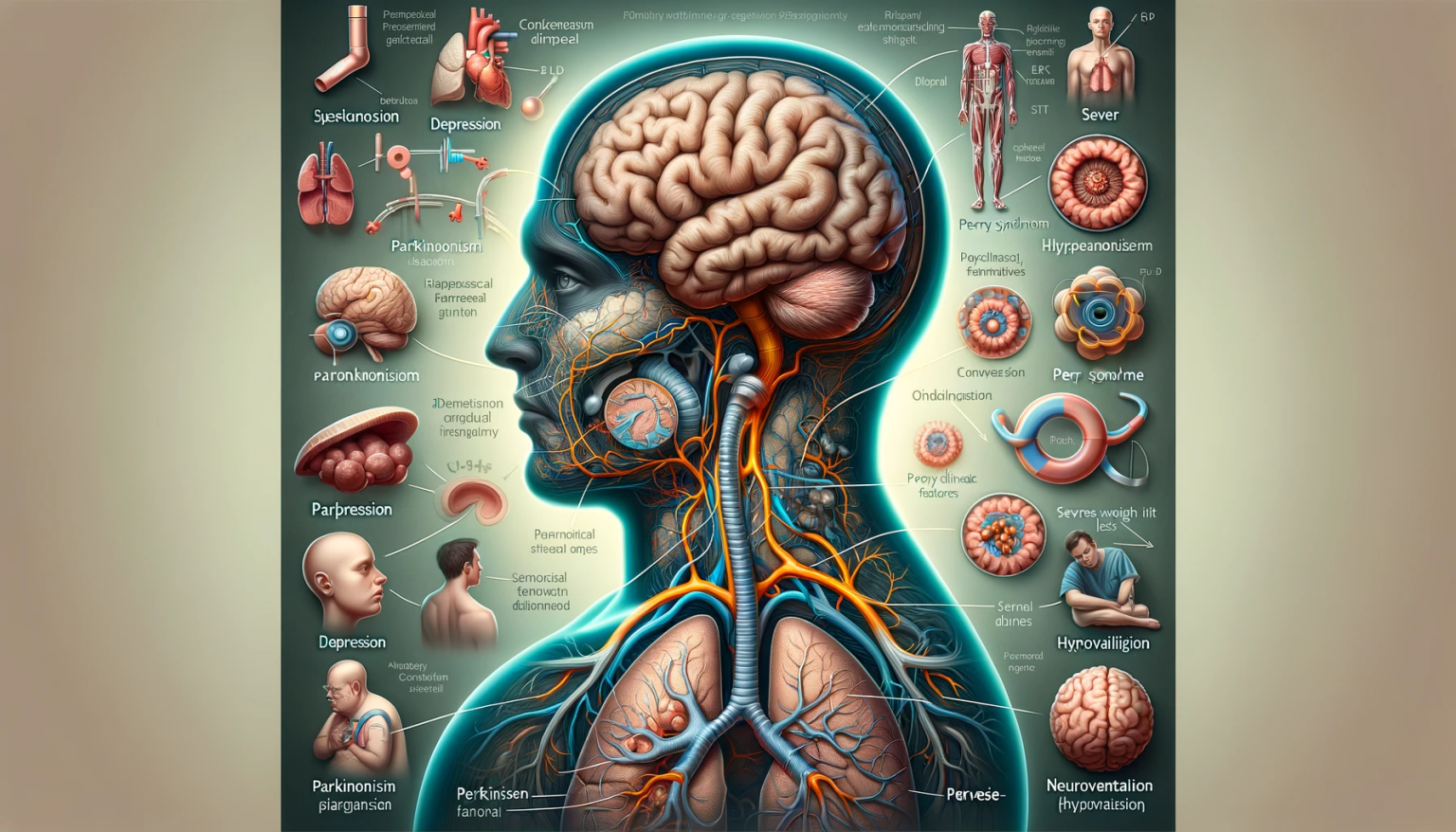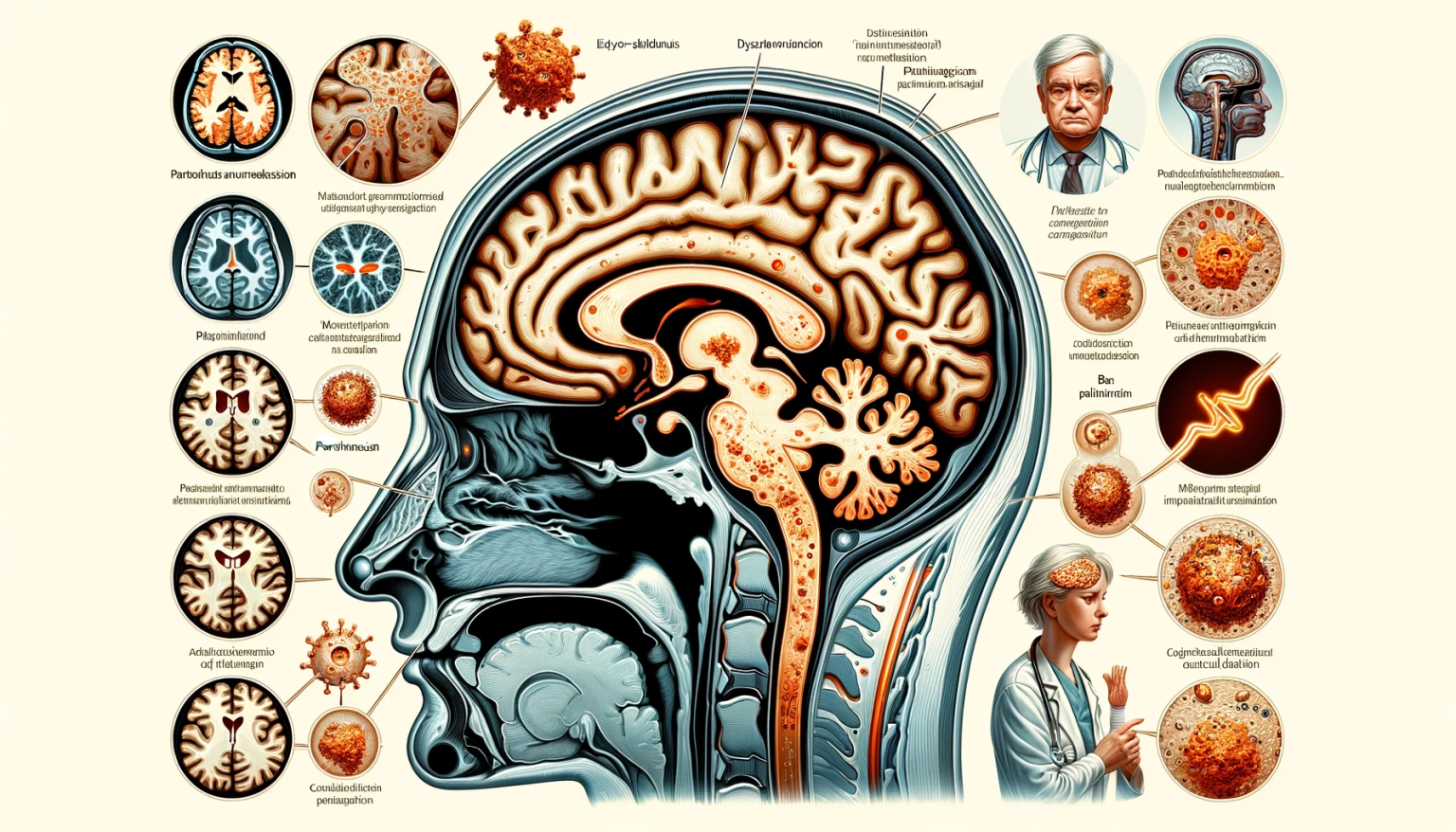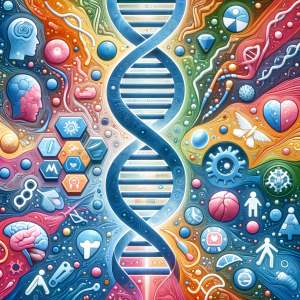
Abstract
Headaches induced by orthostatic hypotension (OH) represent a significant clinical challenge, necessitating a deeper understanding of the pathophysiological mechanisms. This article aims to elucidate the cerebral hemodynamics and neurovascular responses associated with hypotensive states, and their contribution to headache pathogenesis.
Introduction
Orthostatic hypotension, characterized by a significant decrease in systolic and diastolic blood pressure upon standing, often manifests with concomitant cephalalgia. This headache, a consequence of reduced cerebral perfusion, poses diagnostic and therapeutic complexities. The intricate interplay between systemic hemodynamic alterations and neurovascular dysregulation forms the core of this symptomatic phenomenon.
Pathophysiology
The fundamental pathophysiological premise revolves around cerebral autoregulation – the ability of cerebral vasculature to maintain constant cerebral blood flow (CBF) despite fluctuations in systemic blood pressure. In OH, the rapid decline in blood pressure upon postural changes surpasses the autoregulatory capacity, leading to transient cerebral hypoperfusion. This hypoperfusion triggers a cascade of responses including:
- Neurovascular Coupling Dysfunction: The mismatch between neuronal metabolic demand and reduced CBF in OH can lead to transient neuronal hypoxia, contributing to headache development.
- Reactive Hyperemia and Vasodilation: In response to hypoperfusion, compensatory vasodilation occurs. This can lead to distension of cerebral vessels, activating trigeminovascular nociceptive pathways, culminating in a headache.
- Baroreceptor Sensitivity Alteration: OH impairs baroreceptor reflex sensitivity, leading to inadequate cardiovascular response during postural changes, exacerbating cerebral hypoperfusion.
Clinical Manifestations
Hypotension-induced headaches typically present as orthostatic in nature, intensifying upon standing and alleviating in recumbent positions. The phenotype often resembles tension-type headaches, characterized by a bilateral, non-pulsating quality. However, migraine-like features such as photophobia or phonophobia may occasionally manifest.
Diagnostic Considerations
Diagnosis necessitates a thorough clinical evaluation, including orthostatic blood pressure measurements. Neuroimaging and cerebrovascular studies might be warranted to exclude secondary causes. Autonomic function testing can provide insights into the integrity of baroreflex mechanisms.
Therapeutic Approaches
Management strategies encompass both non-pharmacological and pharmacological interventions. Non-pharmacological measures include postural training, increased fluid and salt intake, and compression garments to enhance venous return. Pharmacotherapy targets the augmentation of blood volume and vasoconstriction, employing agents like fludrocortisone and midodrine. Addressing concomitant headache involves standard analgesic approaches, with caution in the administration of vasodilatory migraine medications.
Conclusion
Hypotension-induced headache represents a complex interplay between systemic hemodynamic instability and cerebral neurovascular dysregulation. Understanding these intricate mechanisms is pivotal for effective management. Future research should focus on delineating more targeted therapeutic strategies, considering the individual variability in autonomic and cerebrovascular responses in orthostatic hypotension.

